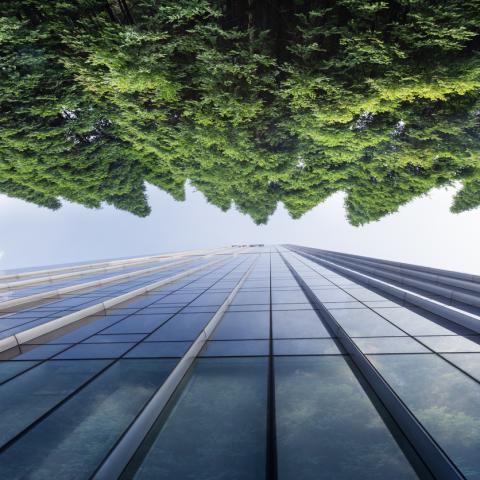What will the monopoly board look like after the pandemic?

From Harrods and 10 Downing Street, to Lords Cricket Ground and Abbey Road, there are countless buildings and landmarks around London that have been immortalised in culture and history. However, for many of us, a sense of London’s geography and land values does not come from a map, but a board game. I am of course, talking about Monopoly. Before anyone really knows why the likes of Bond Street or Mayfair indicate prime London, they understand that the dark blues and greens have a certain cache – particularly if your sibling is forced to stay in your red plastic hotel located on one of them.
While the iconic status of famous bricks and mortar can itself feel set in stone, a quick walk around London today makes it clear that things are changing. Consider Oxford Street. Once the heart of London retail, it had already said goodbye to Debenhams and Topshop when House of Fraser announced that it was set to follow, while the upper floors of John Lewis’s flagship department store are set to be converted to office space. Physical retail has been changing for some time, but the pandemic has accelerated both this change and the penetration of e-commerce in day-to-day life. Research from finance start-up Credit Karma shows that 70% of Britons now prefer shopping online and on mobile, up from less than half pre-pandemic.
If the Monopoly board was to be reassessed now, then would Oxford Street keep its dark green masthead and associated premium, or would it slip down the chromatic ladder to a yellow, red, or orange? Perhaps more importantly, what would take its place? What defines a prime London location as we assimilate the old normal with the new?
If real estate was previously driven by supply, it is most certainly now driven by demand – specifically, the demands of the end user. When we went into lockdown in 2020, thriving locations went quiet overnight – nobody passed go and collected £200. Now however, as the lights come back on and people feel empowered like never before to live and work in an environment and timetable that suits them, it is becoming very clear where people choose to spend their time, as opposed to where they must.
As we move forward with both hybrid working and a heightened awareness of our collective health, single-use locations based on maximum occupancy simply won’t work. This means we have seen areas like Canary Wharf continue its transformation from a financial district to a people-driven neighbourhood with its own cultural identity through the creation of communal outdoor spaces alongside retail, residential and leisure, while Lendlease is proposing to create an office development at Elephant Park, an area that has previously been entirely residential.
As London’s recovery continues to pick up pace – Avison Young’s Central London Office Analysis recently reported a third consecutive quarterly increase in both the total amount of space let and the volume of completed transactions – it is clear that the demand for space in the capital is alive and well. However, where that demand goes will be determined less by traditionally prestigious addresses and more by which locations can create a compelling case for people to want to visit through a mix of convenience, flexibility and fun. It is the buildings, developments and districts that appeal to this sense of choice that will attract the dark blue and green rents moving forward.









